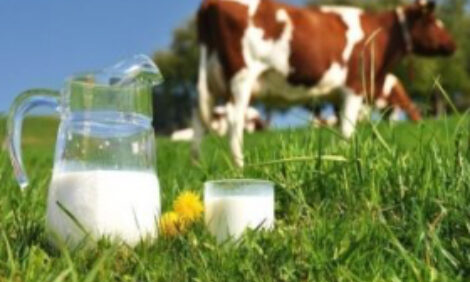



Illegal Badger Persecution Could Worsen TB, Say Scientists
UK, NORTHERN IRELAND - Tighter cattle movement restrictions and knowledge of disease history could do more to control bovine tuberculosis (bTB) than illegally persecuting badgers, which could be making things worse.This is according to a Northern Irish study of 29,513 herds which said there was “considerable scope” for reducing disease risk through cattle measures alone, stating badger persecution “certainly does not lower TB risk in cattle”.
The Queen’s University Belfast survey also flagged potential for undetected infection to contribute to disease spread because of the “moderate sensitivity” of the current tuberculin skin tests.
Although not a problem nationally, badger persecution takes place on around five per cent of setts in “known bovine TB hotspots”.
The report gave two possible reasons why badger persecution could exacerbate the risk.
Dr Neil Reid, lecturer in conservation biology at the University, said: “The relationship between badger persecution and bTB in cattle could either be because persecuting badgers perturbs the population stimulating spread of the disease or farmers are more likely to persecute badgers if their livestock have previously had a bTB breakdown.
"We can’t say which way round the relationship is but we can say that persecuting badgers certainly does not lower TB risk in cattle, it is illegal and may make the situation worse.”
The report said cattle measures – bTB history, international imports, neighbours with TB, movements – were “more strongly” associated with herd risk than badger-related factors – sett disturbance, habitat suitability, social group density.
Herd size and buying in multiple batches of cattle were shown to be a major risk, as in agreement with other studies.
However, the report caveated that models used had “relatively modest predictive power” and “considerable unexplained variation”, underlining the importance of individual cow risk as opposed to herd-level.
For this reason, older cows and bulls could be monitored more closely in disease surveillance programmes.
Geographical Spread of bTB Cattle Risk Factors and Breakdowns in Northern Ireland

How Could this Inform Policy?
Discouraging unnecessary cattle movement and increasing the efficacy of testing are among implications for future policies, the report said.
And while cattle-based measures are likely to be much cheaper and publicly accepted, the team said interventions to control TB in badgers could play a role.
Efforts should, however, be made to minimise disturbance of badger social group structure in the implementation of programmes using sub-lethal interventions, such as badger vaccination.
Michael Priestley
News Team - Editor
Mainly production and market stories on ruminants sector. Works closely with sustainability consultants at FAI Farms



